|
|
|
Oxford University Press
|
This book discusses the need for foreign language programmes to teach literacy. It suggests approaches to curriculum development using a wide range of modern media texts such as newspapers, music videos, and film as a basis for cultural analysis. |

|
The question of how interaction and corrective feedback affect second language (L2) learning has increasingly attracted the interest of researchers in recent years. This book describes the processes involved in interaction-driven second language learning and presents a methodological framework for studying them. A substantial amount of research on interaction has been carried out over the past two decades; the author provides a timely, comprehensive, and up-to-date survey of this significant body of work. In particular, she explores the recent growth in research into the role of cognifitve and social factors in evaluating how interaction works. Researchers, research students, and all those working within the field of second language acquisition will find this book an authoritative and valuable resource. |
|
Presents an innovative, unified, and easily applied approach to designing and developing language assessments. Language Assessment in Practice is a follow-up to the bestselling Language Testing in Practice. It allows readers to become competent in the design, development, and use of language assessments. The authors discuss concepts and procedures clearly, illustrated with examples. |
|
Starting from the premise that each person develops a unique and personal code for communication, Christopher Brumfit examines the roles of teachers and learners and the approaches that education professionals should develop in support of learners. The book draws upon linguistic, psychological, philosophical, and sociolinguistic principles and uses practical examples from second, foreign, and mother tongue teaching. It attempts to integrate theoretical and empirical work with the practical needs of institutions and of teachers without losing sight of learners' needs for free personal choice combined with effective communication. Drawing upon the author's extensive experience in the field, it considers the roles of literature and culture, as well as language policy in relation to learners' rights, and attempts to outline a humane and realistic philosophy for language teaching. |
|
This book explores attitudes related to English as a Lingua Franca (ELF) and the implications for student identities. In addition ways in which the problems can be addressed in teacher education are explored. English language materials and testing are discussed. |

|
Examines how formulaic language (lexical chunks) is used in a variety of real-life situations. Presents a framework for examining the existence and function of formulaic language and tests it extensively against language data within a wide variety of language samples. Formulaic language is a fast-growing area of applied linguistic research, and the author is a key figure in this field. |
|
This text goes back to basics by investigating fundamental assumptions about the way English should be defined and taught as a school subject. It looks at different attitudes to English, and developments in its description, and it critically examines current proposals for the specification of course content and classroom methodology, with particular reference to ideas about authenticity and task-based learning. |
|
A four-level secondary course that sets achievable goals. |
|
A four-level secondary course that sets achievable goals. |
|
A four-level secondary course that sets achievable goals. |
|
A four-level secondary course that sets achievable goals. |
|
A four-level secondary course that sets achievable goals. |
|
A four-level secondary course that sets achievable goals. |
|
A four-level secondary course that sets achievable goals. |
|
A four-level secondary course that sets achievable goals. |
|
A four-level secondary course that sets achievable goals. |
|
A four-level secondary course that sets achievable goals. |
|
New Horizons is a four-level upper secondary course that sets achievable goals and builds confidence. |
|